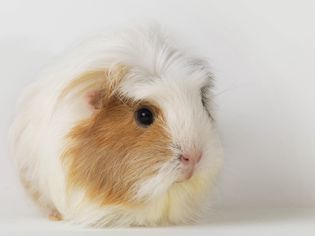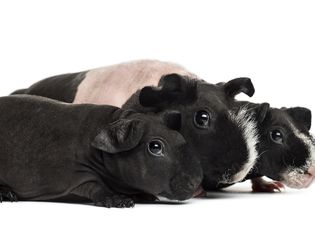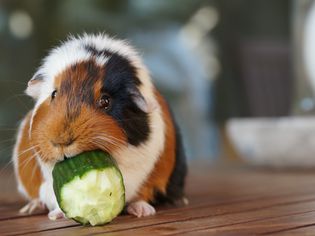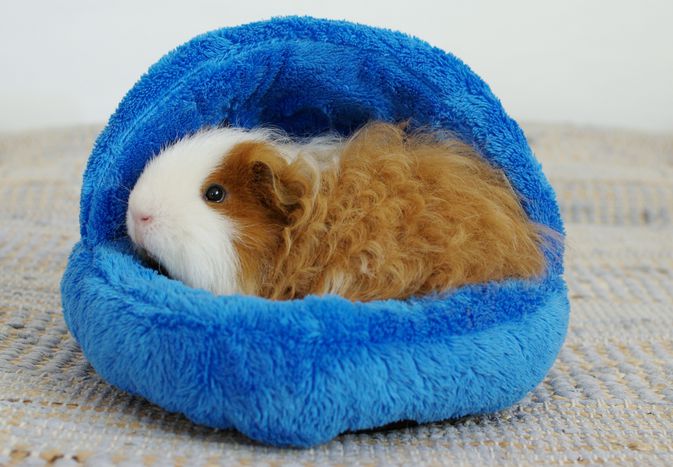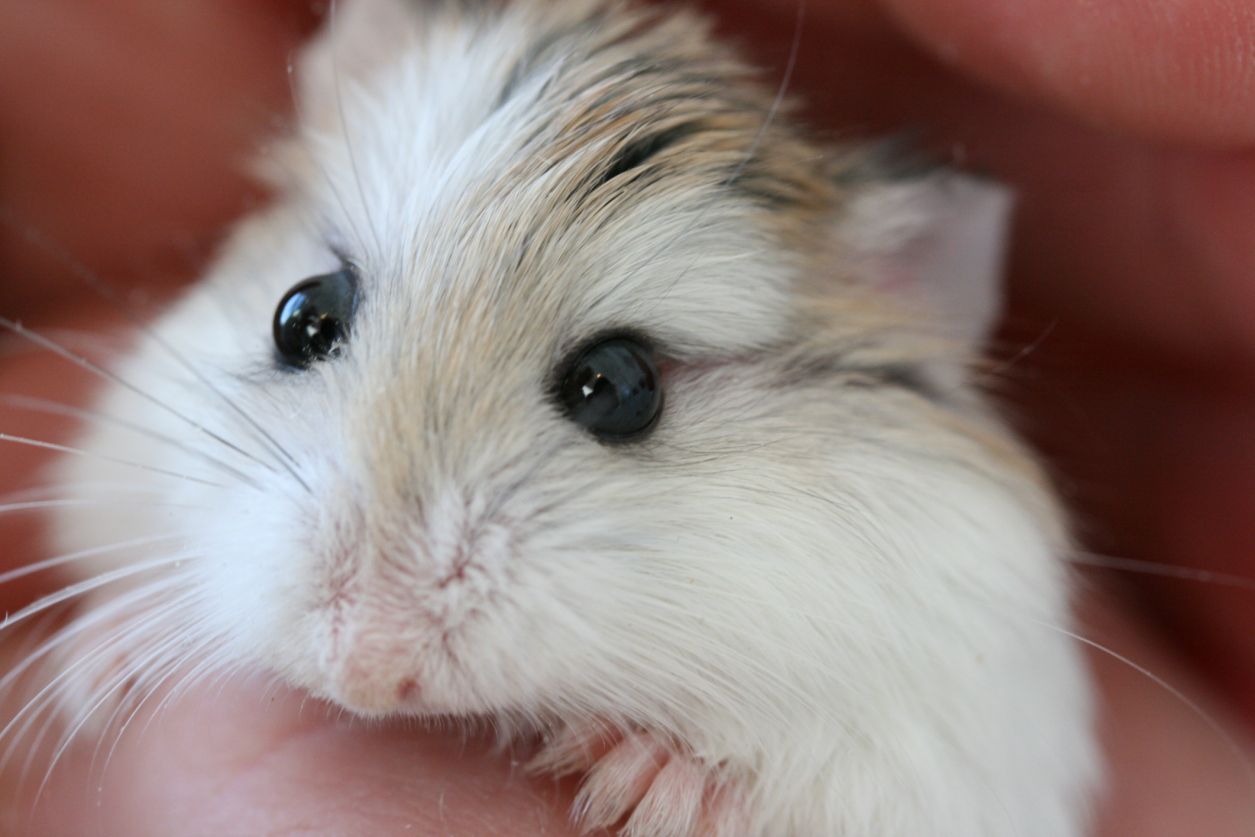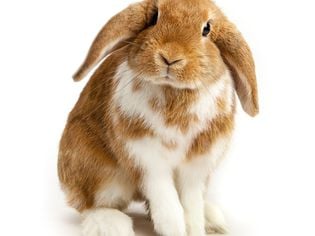The number of coat colors that pet rabbits can come in is long and sometimes confusing. The following list covers the basic color descriptions or color groups found in pet rabbits. Not all breeds of pet rabbits can come in all of these colors or patterns. However, understanding these common colorations can help in identifying and appreciating the diversity among rabbit breeds.
From sandy fur to tri-colored patterns, here's an overview of the various colors, shades, and patterns found in these furry friends.
Rabbit Colors and Patterns
- 01 of 28
Agouti Fur Types
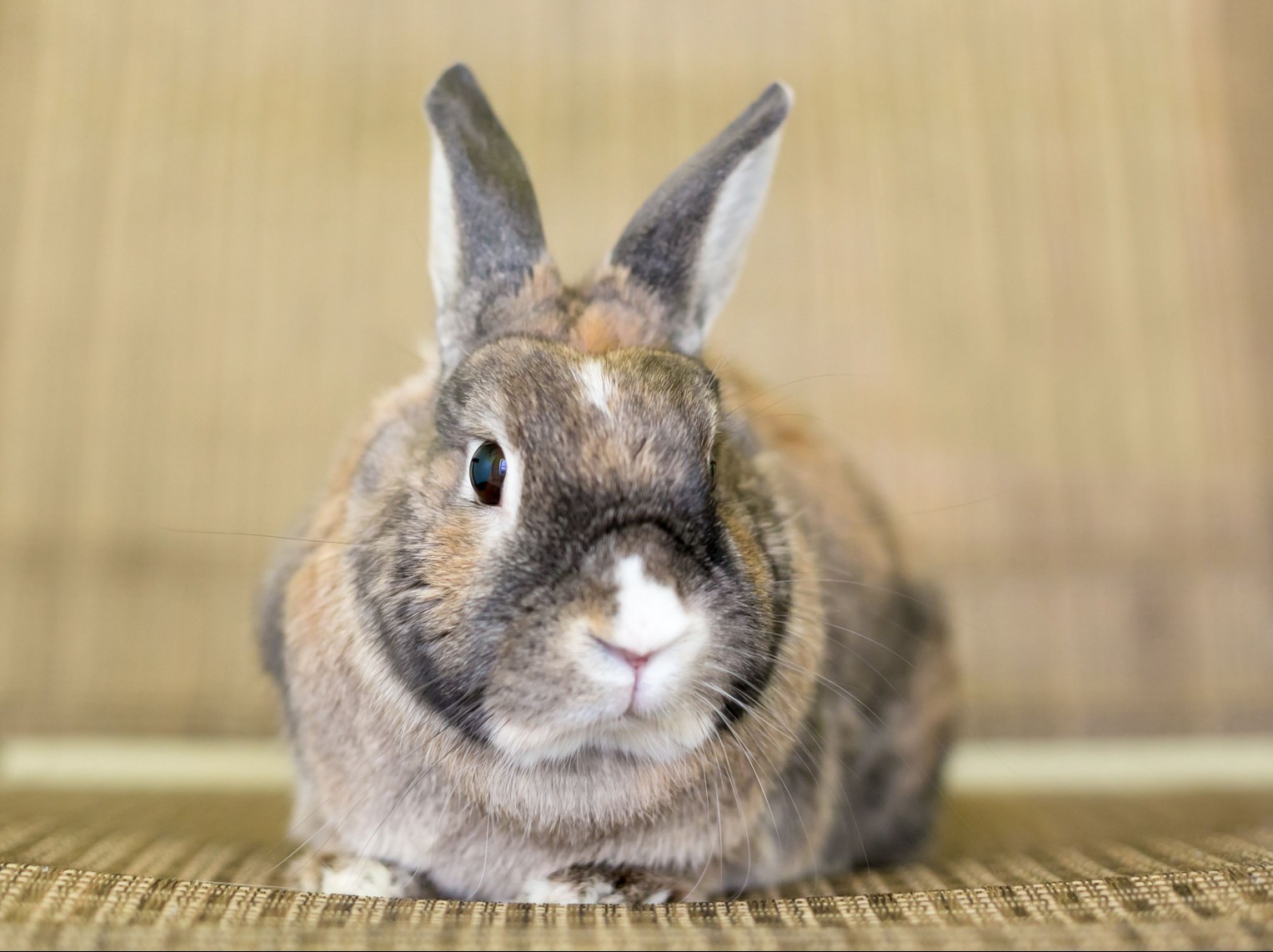
Credit: Mary Swift / Getty Images
- Agouti: Bands of color occur on each hair in rabbits with agouti fur. The colors of these bands vary depending on the type of agouti coloration.
- Brown-gray agouti: The individual hairs of this color of rabbit are blue at the base (closest to the skin) then medium tan, charcoal, and finally tan at the tip.
02 of 28Black Fur Types
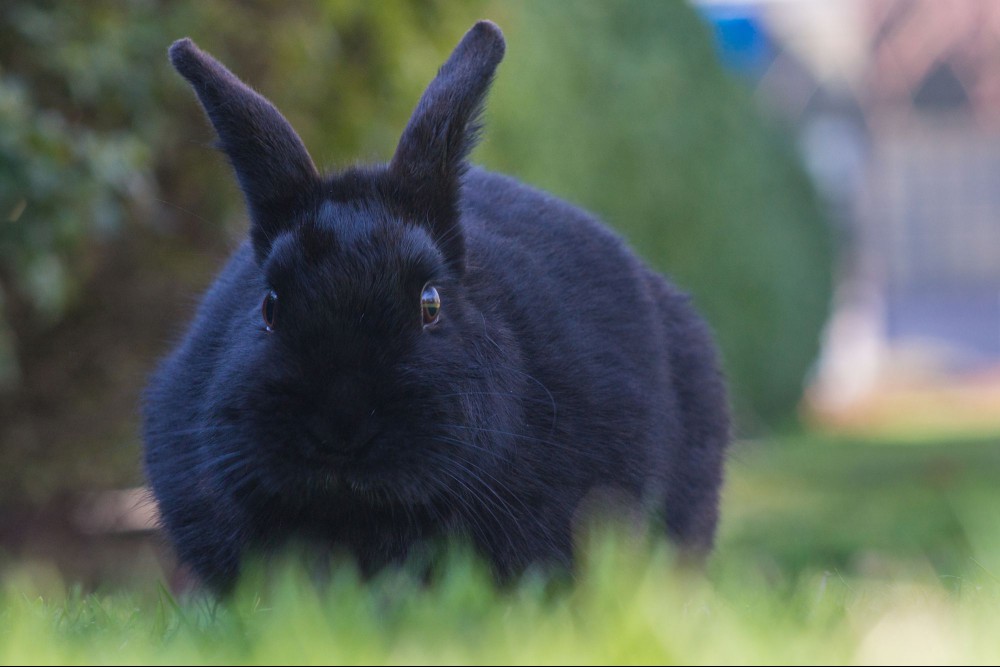
Credit: Yun Han Xu / EyeEm / Getty Images
- Black otter: This pattern includes a black body with a lighter underside, hair may be orange tinted at the border of the black and lighter color.
- Black: Dark black.
03 of 28Blue Fur Types
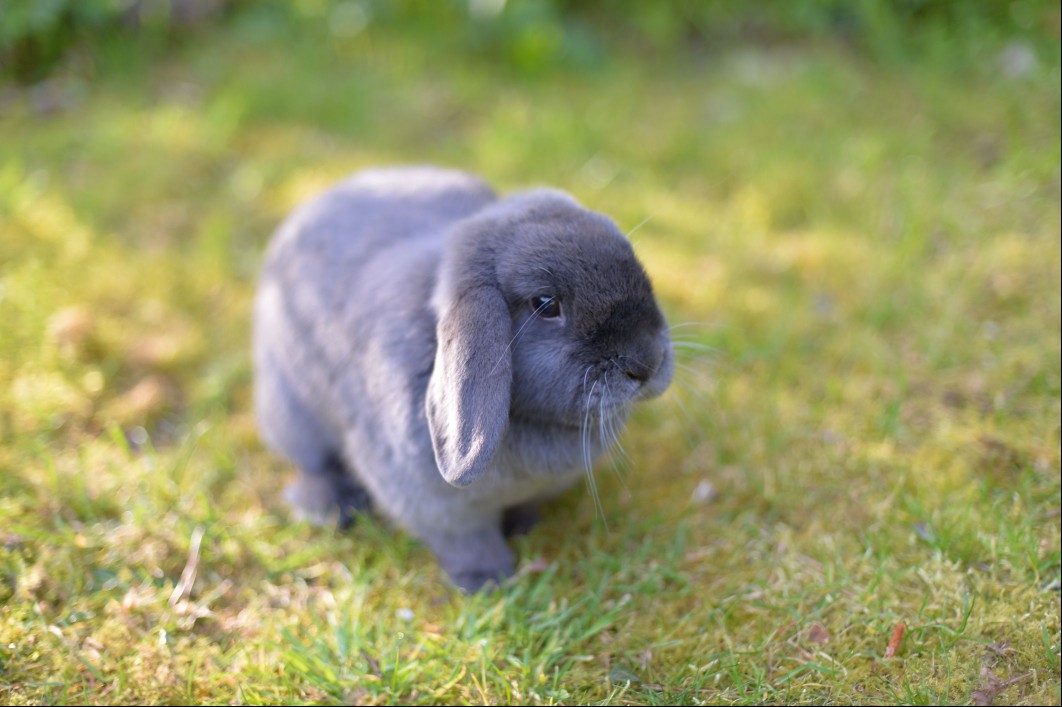
Credit: robert reader / Getty Images
- Blue: Medium or slate blue.
- Blue otter: Blue coat with fawn tipped guard hairs and fawn areas.
- Blue steel: Blue with silver or tan "ticking."
- Blue tortoiseshell: Blue and beige.
04 of 28Broken Pattern
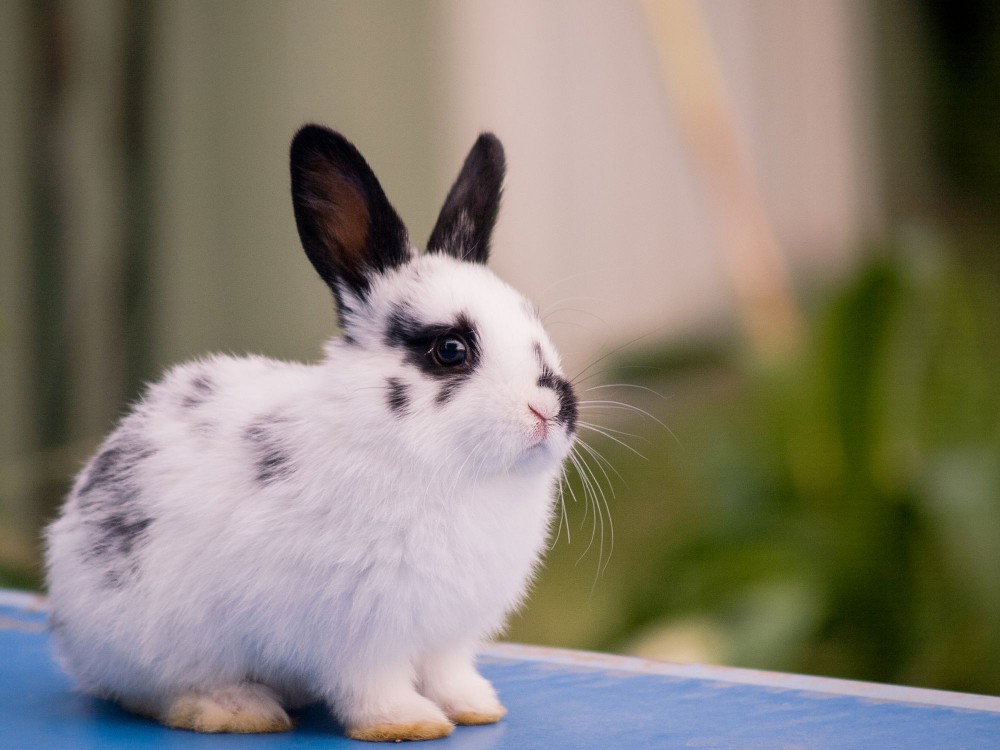
Credit: Danielle Kiemel / Getty Images
- Broken: This pattern can include rabbits that have white fur with any color patches or spots, nose markings, colored ears, and/or eye circles.
Continue to 5 of 28 below05 of 28Californian Fur
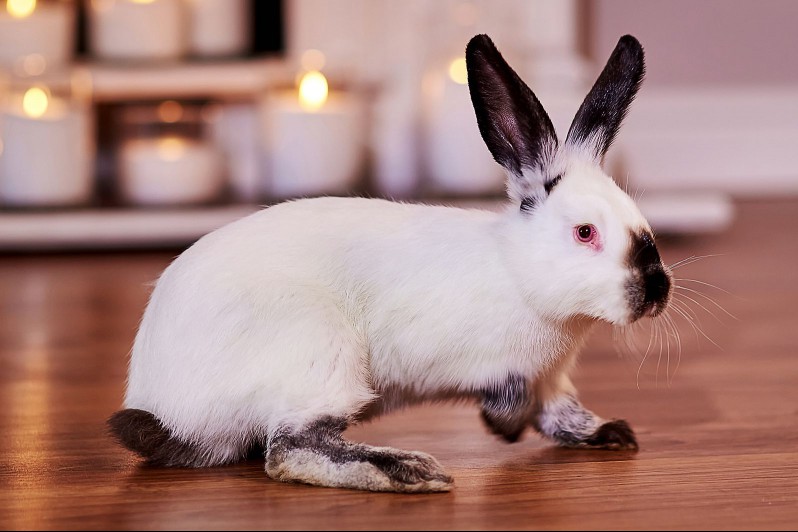
Credit: strike0 / Getty Images
- Californian: White body with black on nose, ears, tail, and feet.
06 of 28Castor Fur
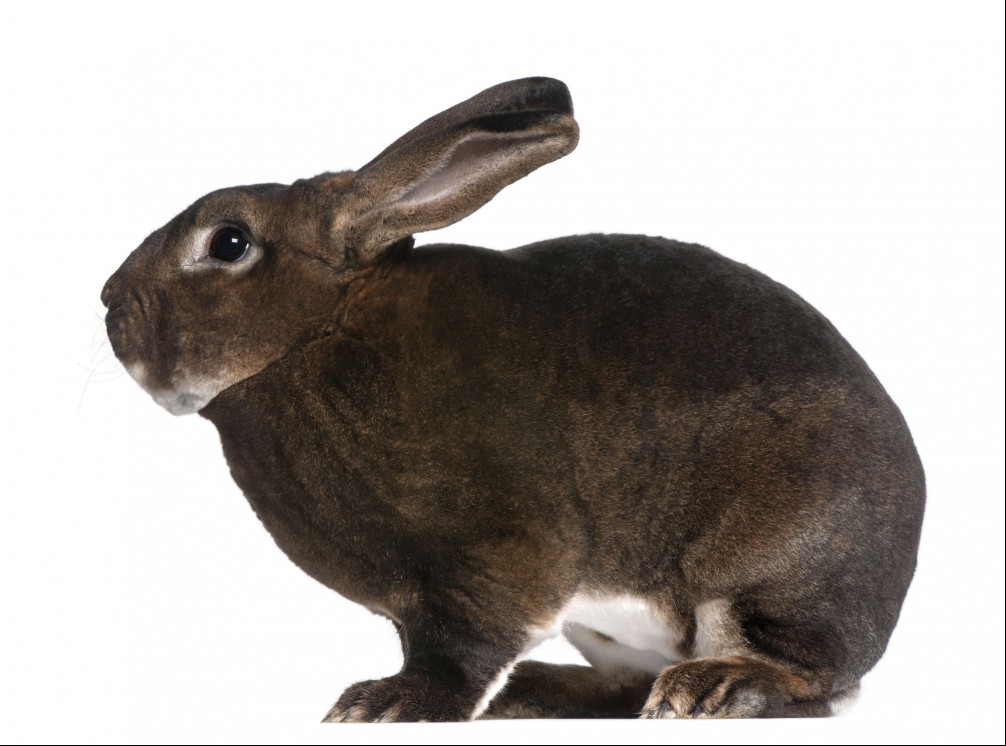
Credit: GlobalP / Getty Images
- Castor: This is a pattern that has brown fur over top, a slate blue undercoat, with orange or red in between.
07 of 28Chinchilla Fur

Credit: coramueller / Getty Images
- Chinchilla: Slate or black blended with pearl and black tipped guard hairs.
08 of 28Cinnamon Fur
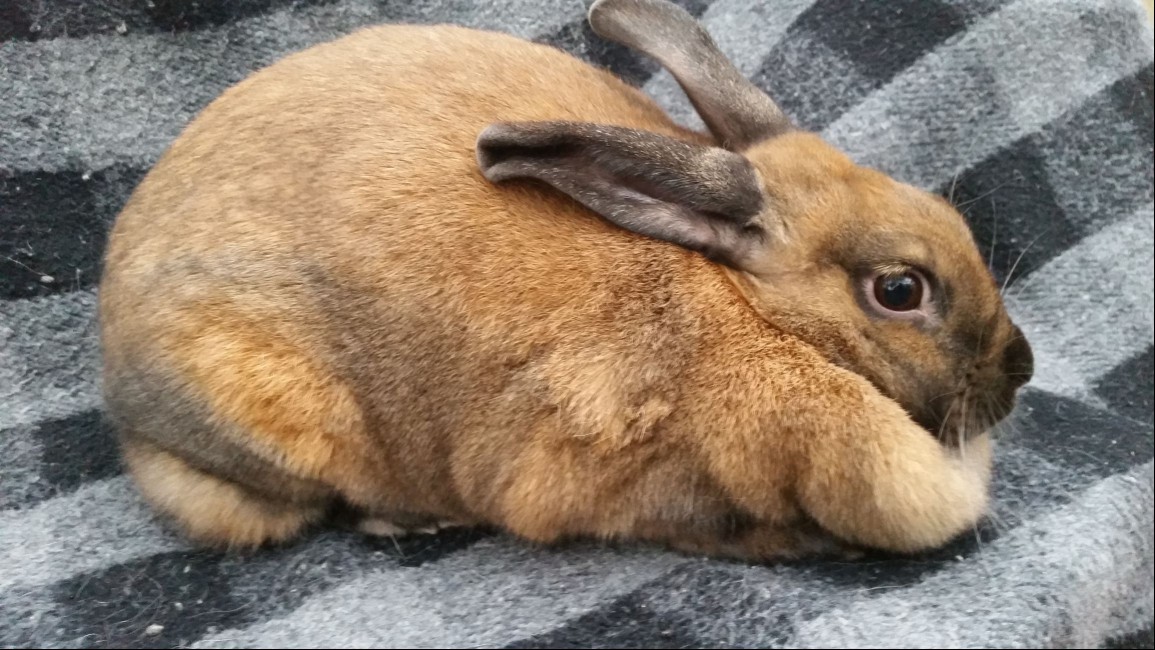
Credit: Eric Wright / FOAP / Getty Images
- Cinnamon: Rust or reddish-brown color.
Continue to 9 of 28 below09 of 28Chocolate Fur Types
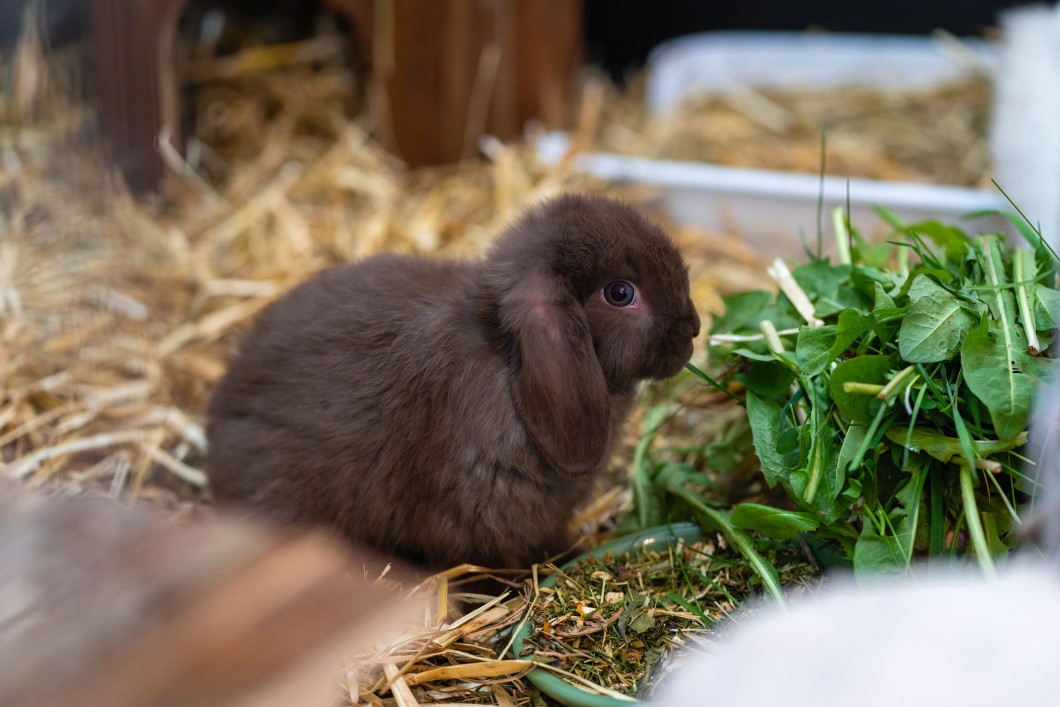
Credit: Robin Deimel / Getty Images
- Chocolate: Deep dark brown color.
- Chocolate agouti: Bands of tan and chocolate with a chestnut tip.
- Chocolate chinchilla: Chocolate and pearl with chocolate-tipped guard hairs.
- Chocolate steel: Chocolate with tan or silver ticking.
- Chocolate tortoiseshell: Creamy chocolate with fawn.
10 of 28Cream Fur
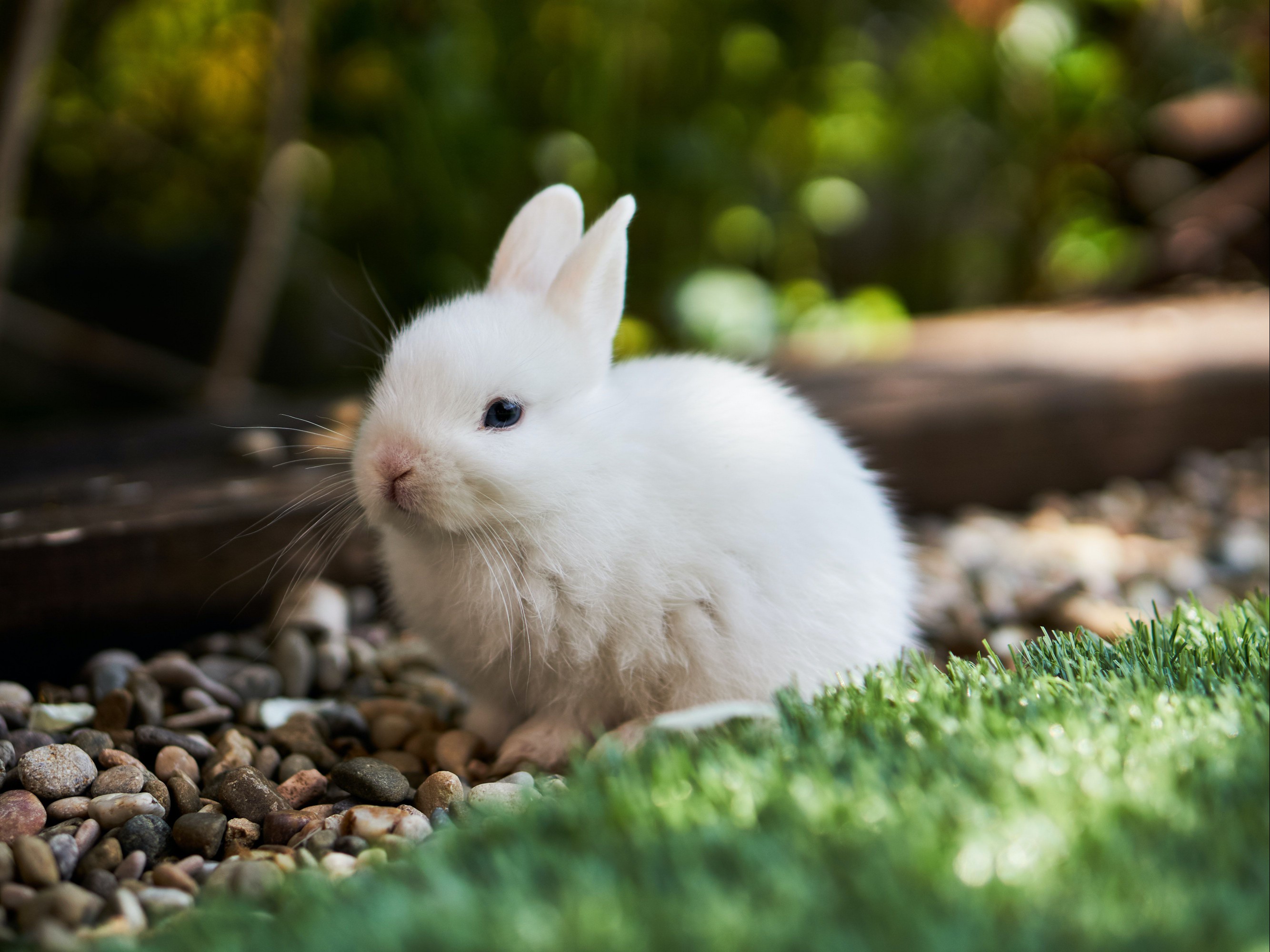
Credit: Pablo Martinez / Unsplash
- Cream: Pinkish beige to almond color.
11 of 28Fawn Fur
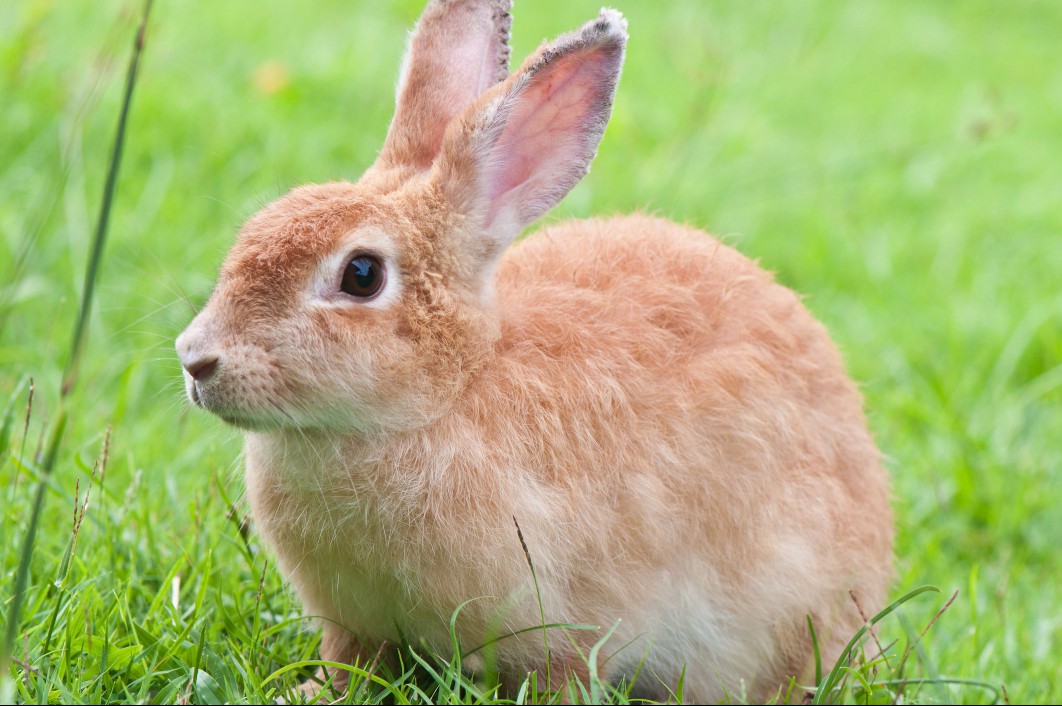
Credit: rattanpat / Getty Images
- Fawn: Straw color.
12 of 28Frosted Pearl Fur
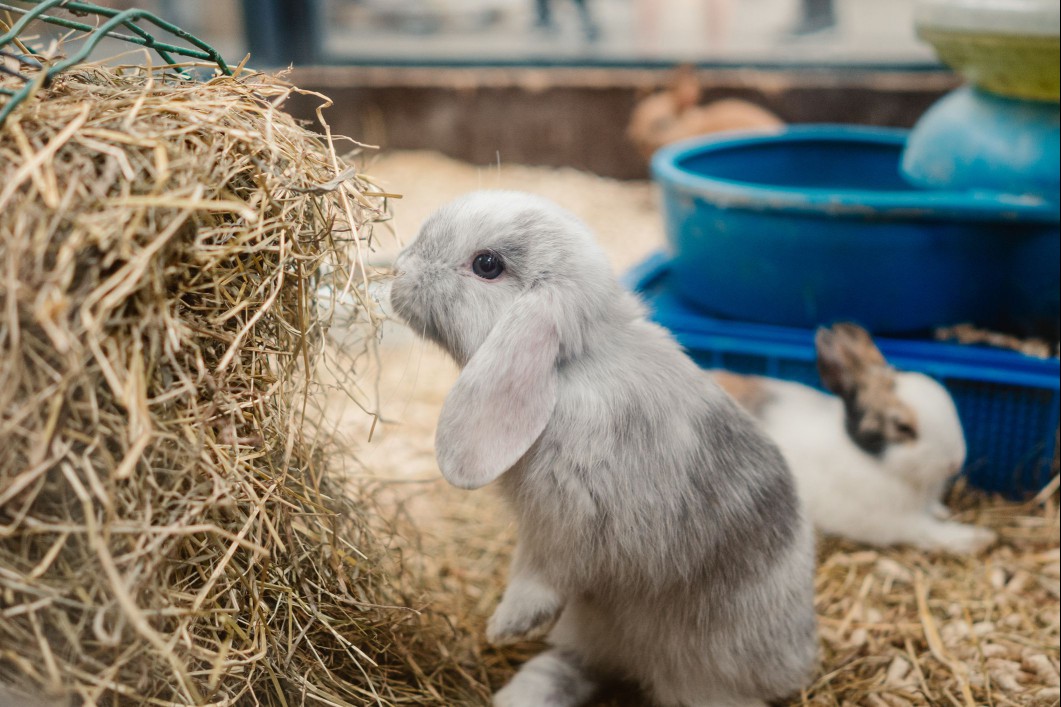
Credit: Oier Aso Poza / Getty Images
- Frosted pearl: Pearl with black, blue, chocolate, or lilac shading.
Continue to 13 of 28 below13 of 28Gray Fur Types
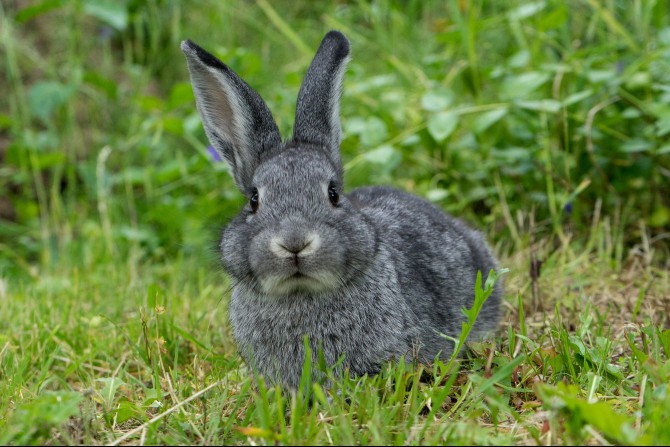
Credit: coramueller / Getty Images
- Gray: Three different colors of hair: black, black with tan tip, black with a tan band, and slate under-color.
- Light gray: Agouti with slate blue at the base of the hair, off-white in the middle, and light gray at the tip with black-tipped guard hairs.
14 of 28Lilac Fur Types
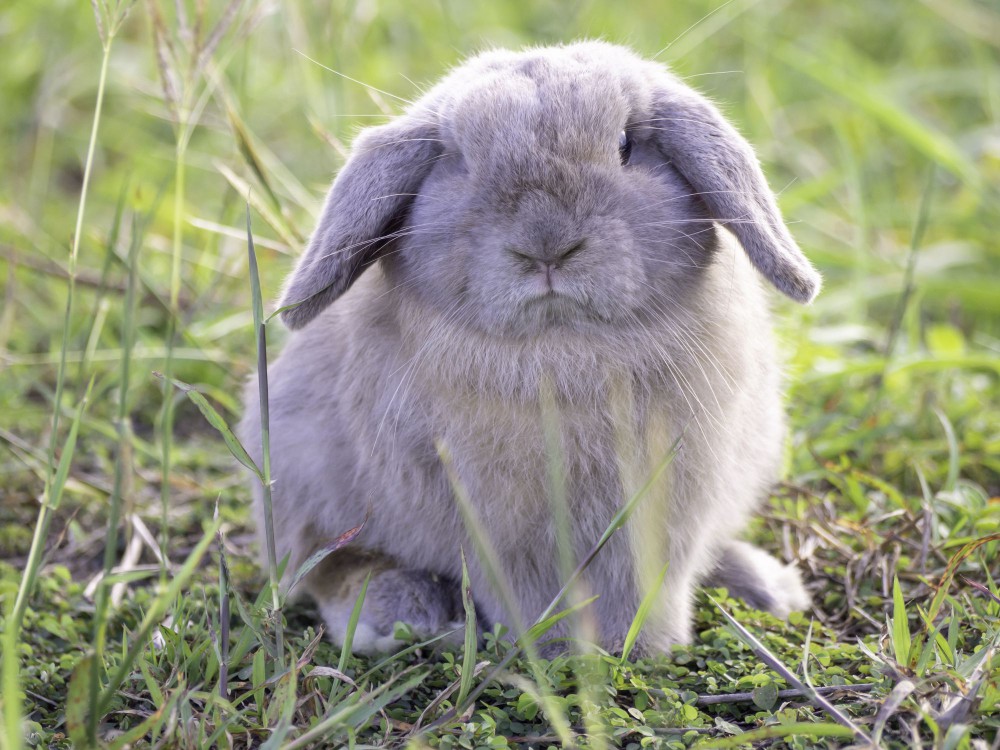
Credit: AEKKARAT DOUNGMANEERATTANA / Getty Images
- Lilac: Pinkish pale gray.
- Lilac chinchilla: Lilac and pearl ticked with lilac-tipped guard hairs.
- Lilac steel: Lilac with tan or silver ticking.
- Lilac tortoiseshell: Lilac and beige.
15 of 28Opal Fur
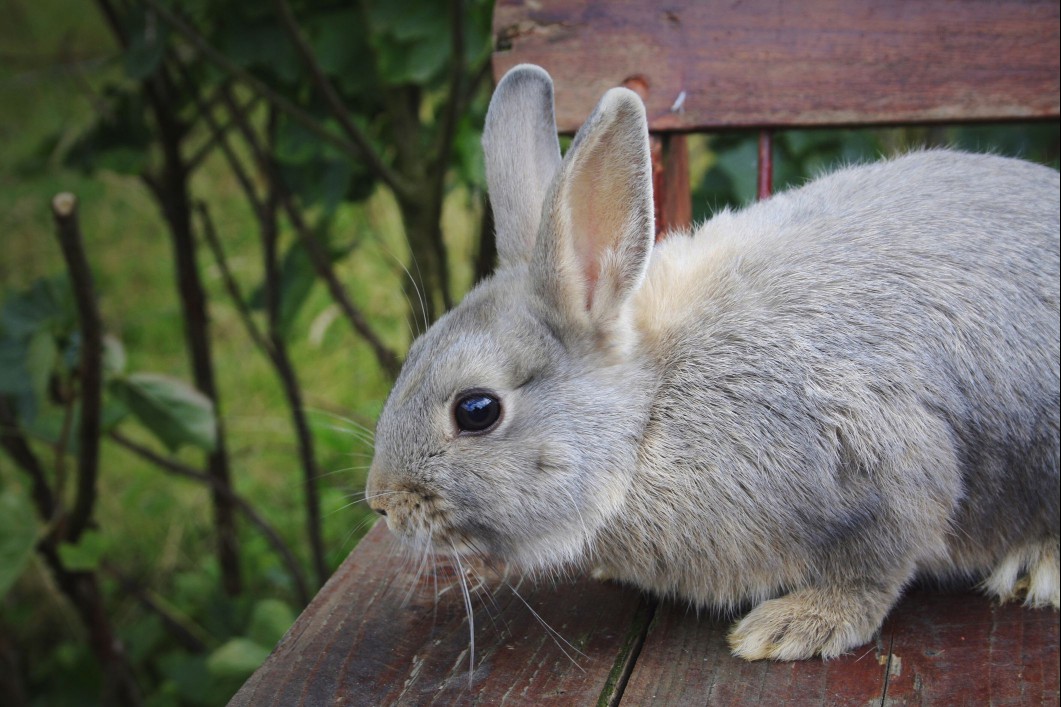
Credit: Stan Steenkamp / EyeEm / Getty Images
- Opal agouti: Slate blue at the base of hair then gold then a blue tip.
16 of 28Orange Fur
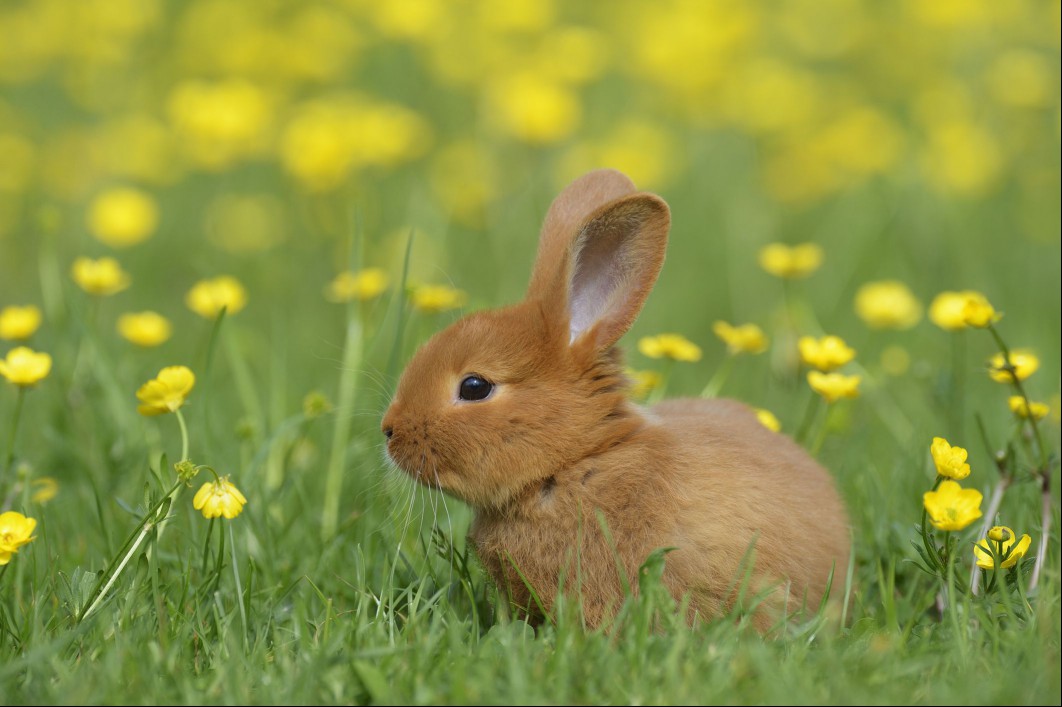
Credit: Martin Ruegner / Getty Images
- Orange: Light to bright orange color.
Continue to 17 of 28 below17 of 28Pearl Fur
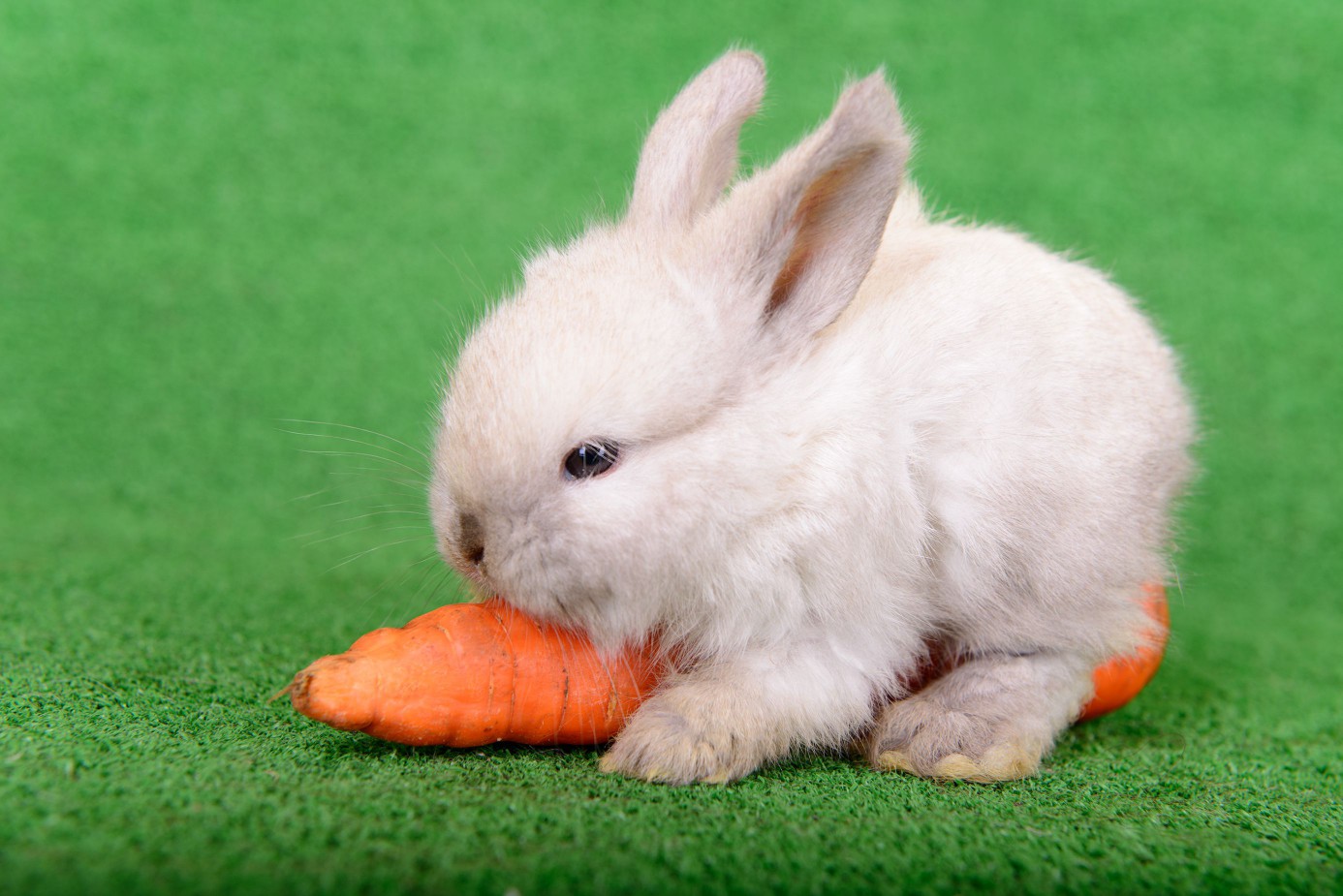
Credit: Astakhova / Getty Images
- Pearl: Light creamy gray color.
18 of 28Pointed White Fur
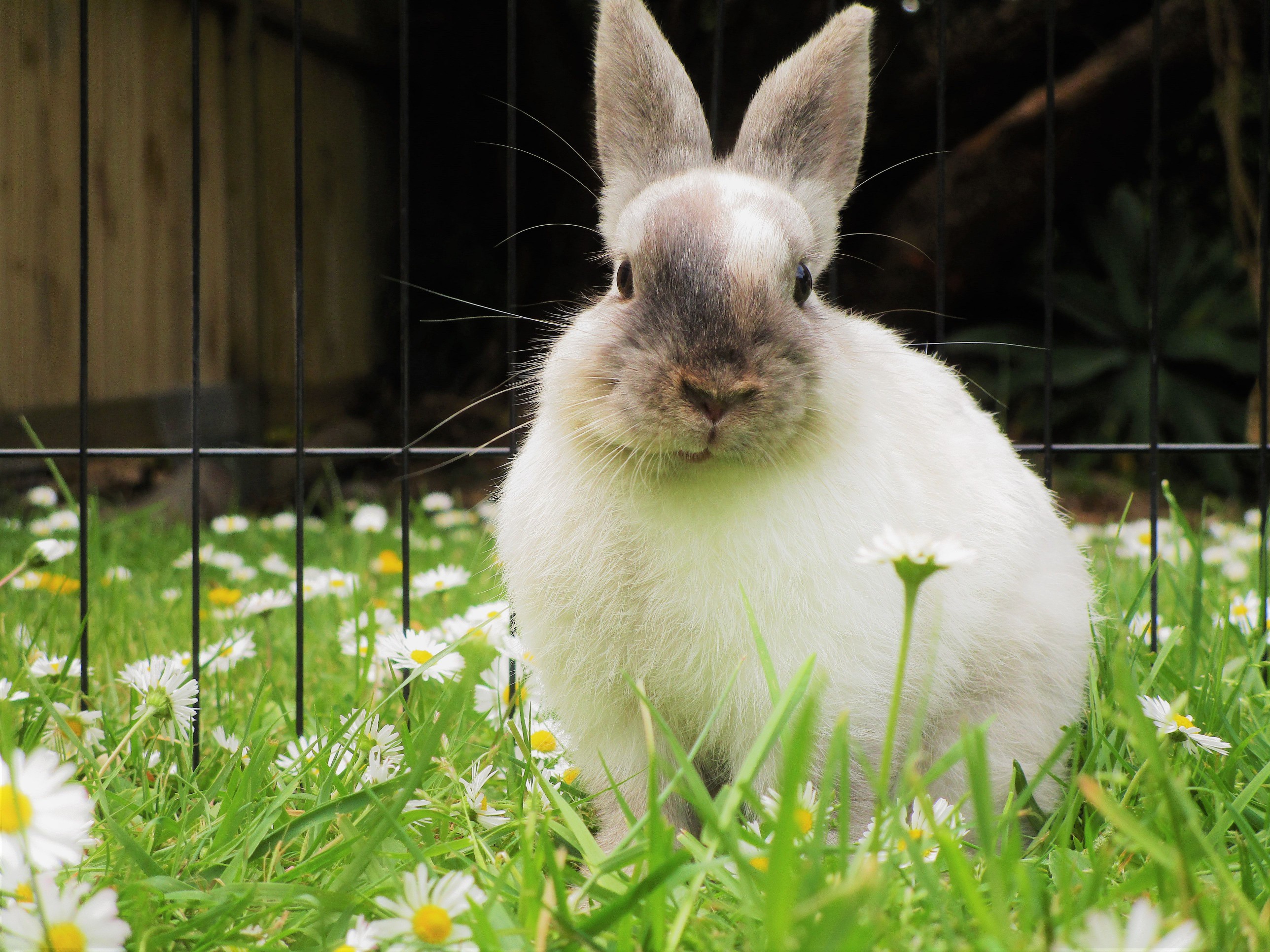
Credit: Misha Walker / Unsplash
- Pointed white: White with a black, blue, chocolate, or lilac colored nose, ears, feet, and tail (like a classic Himalayan cat coloring).
19 of 28Red Fur
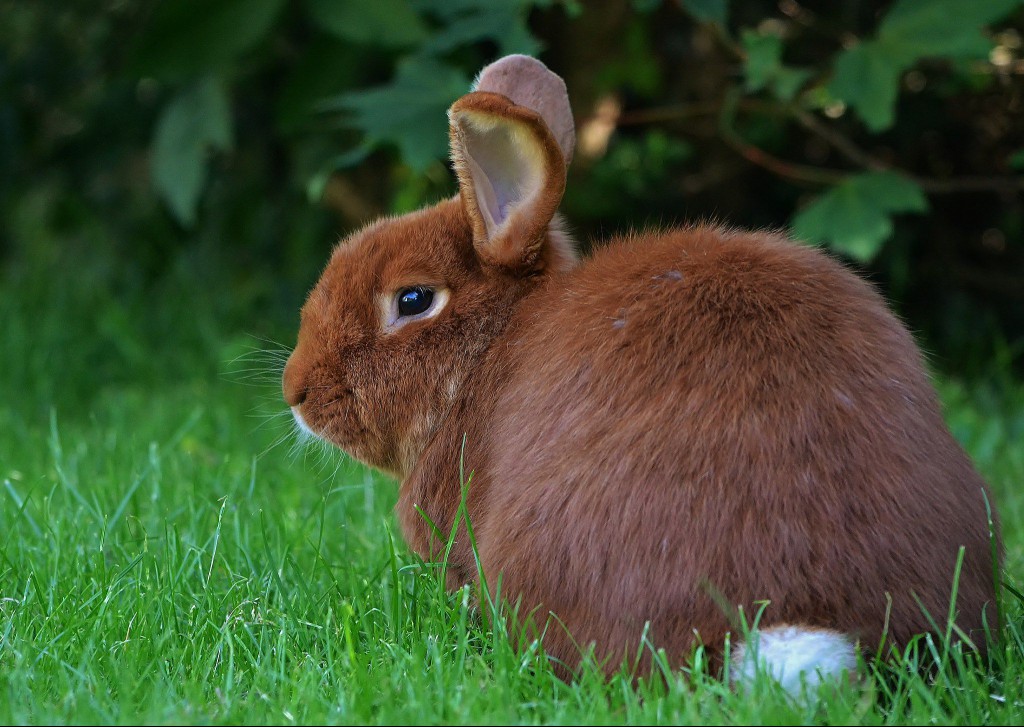
Credit: SaskiaFire / Wikimedia Commons / CC BY-SA 3.0
- Red: Rich brown red color.
20 of 28Sable Fur Types
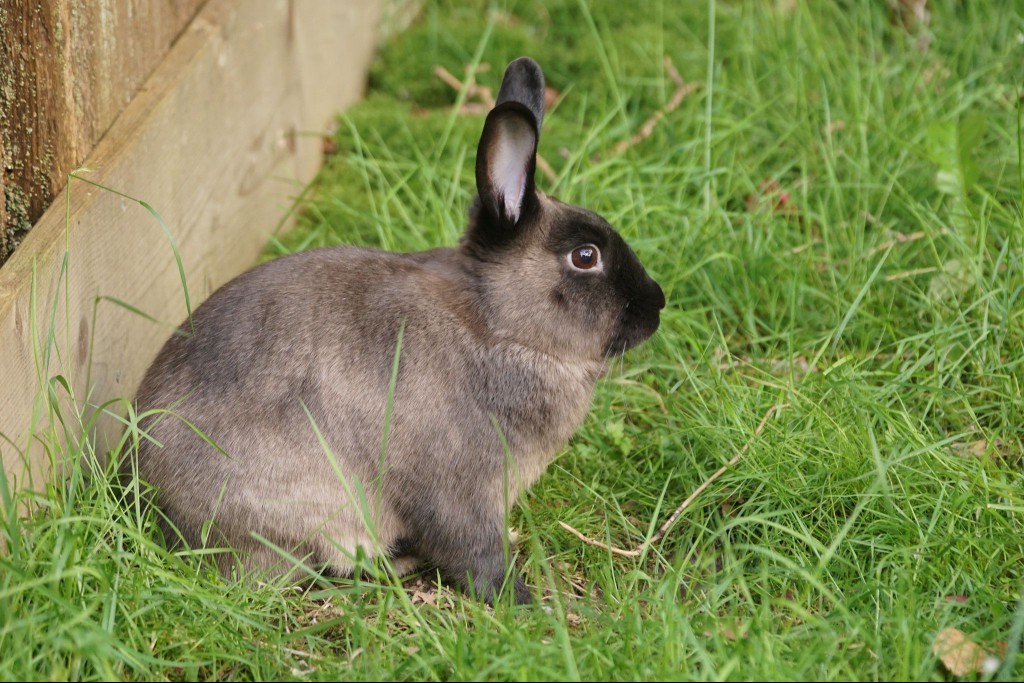
Credit: Tjflex2 / Flickr / CC BY-NC-ND 2.0
- Sable: Dark grayish brown color.
- Sable marten: Siamese sable coloring with silver-tipped guard hairs.
- Sable point: Cream body and sable on the nose, ears, feet, and tail.
- Seal: Dark (almost black) sable color.
Continue to 21 of 28 below21 of 28Sandy Fur
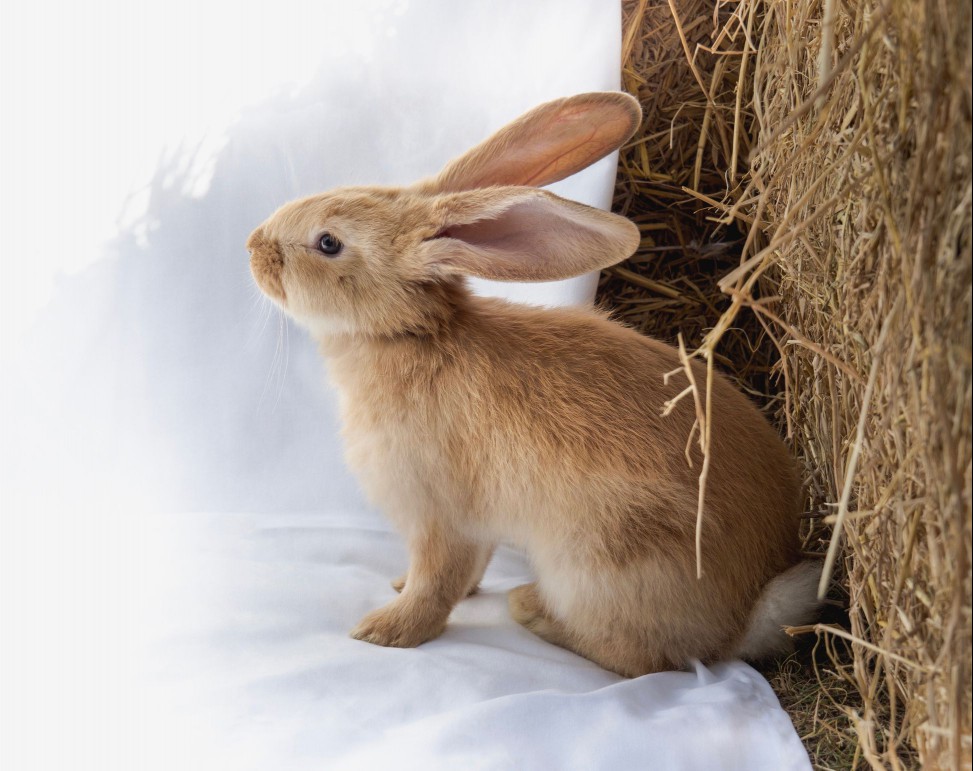
Credit: krithnarong / Getty Images
- Sandy: Reddish tan color.
22 of 28Self-Group Fur
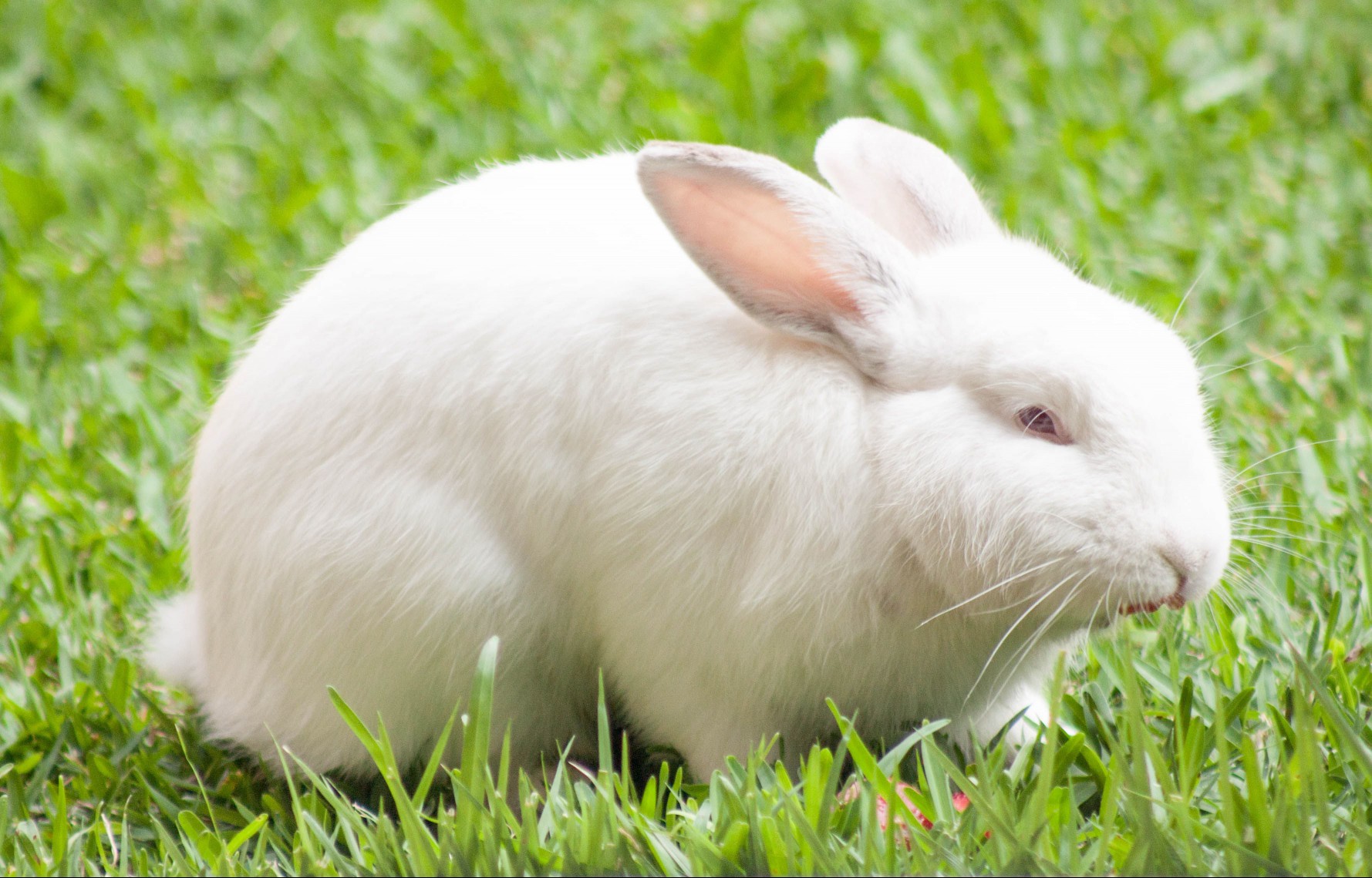
Credit: Sergio Arze / Unsplash
- Self-group: Solid color in black, blue, lilac, blue-eyed white, and ruby-eyed white.
23 of 28Shaded Group Fur
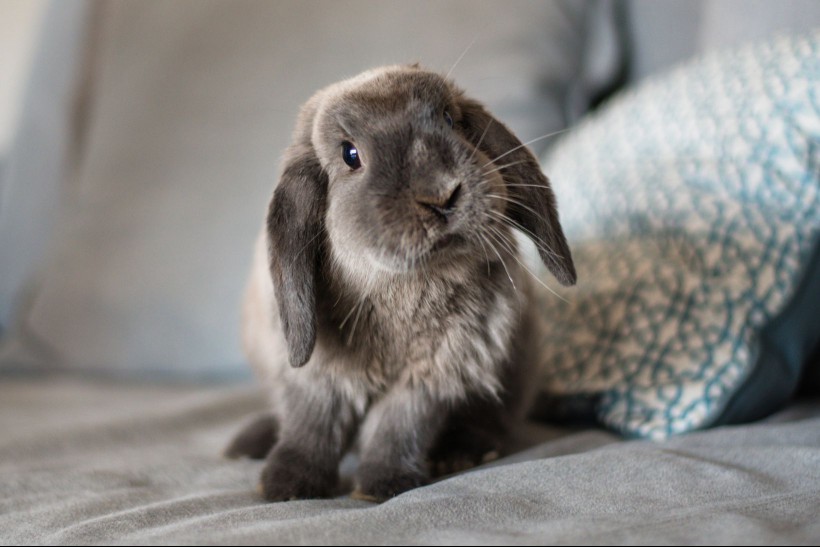
Credit: David-Prado / Getty Images
- Shaded group: Color transitions from dark to light (e.g. frosted pearl, sable, sable point, siamese sable, seal, tortoise).
24 of 28Silver Fur Types
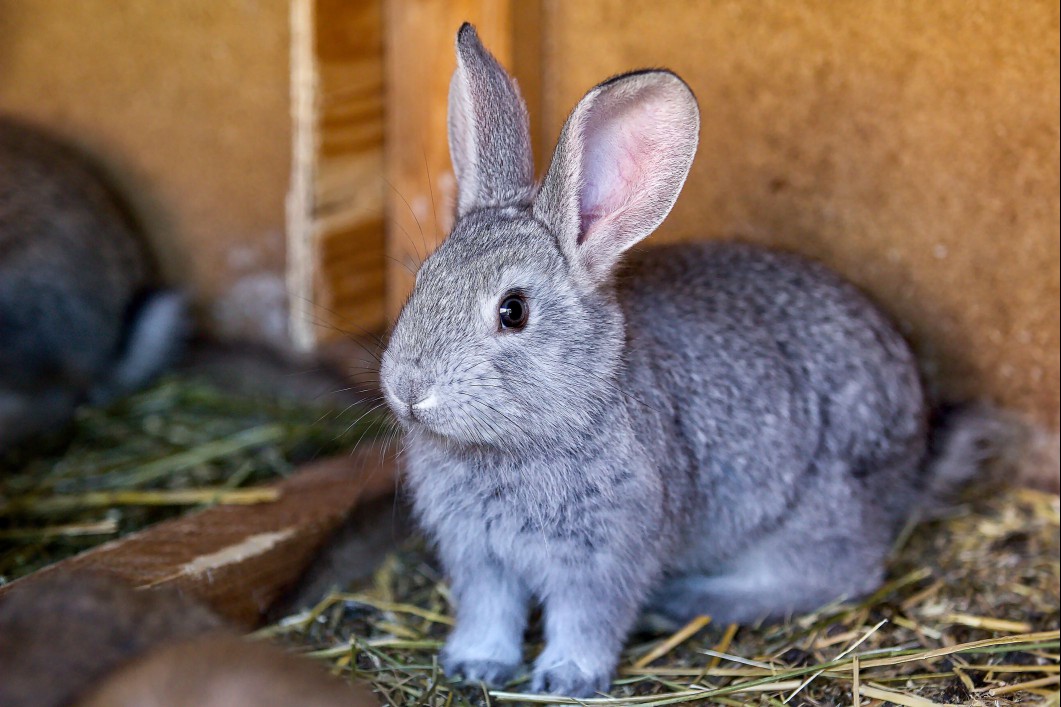
Credit: mstudeny / Getty Images
- Silver or silver fox: Silver with white or white-tipped hairs.
- Silver Marten: Black, blue, chocolate, or lilac color with silver-white markings and silver-tipped guard hairs.
Continue to 25 of 28 below25 of 28Tan Pattern
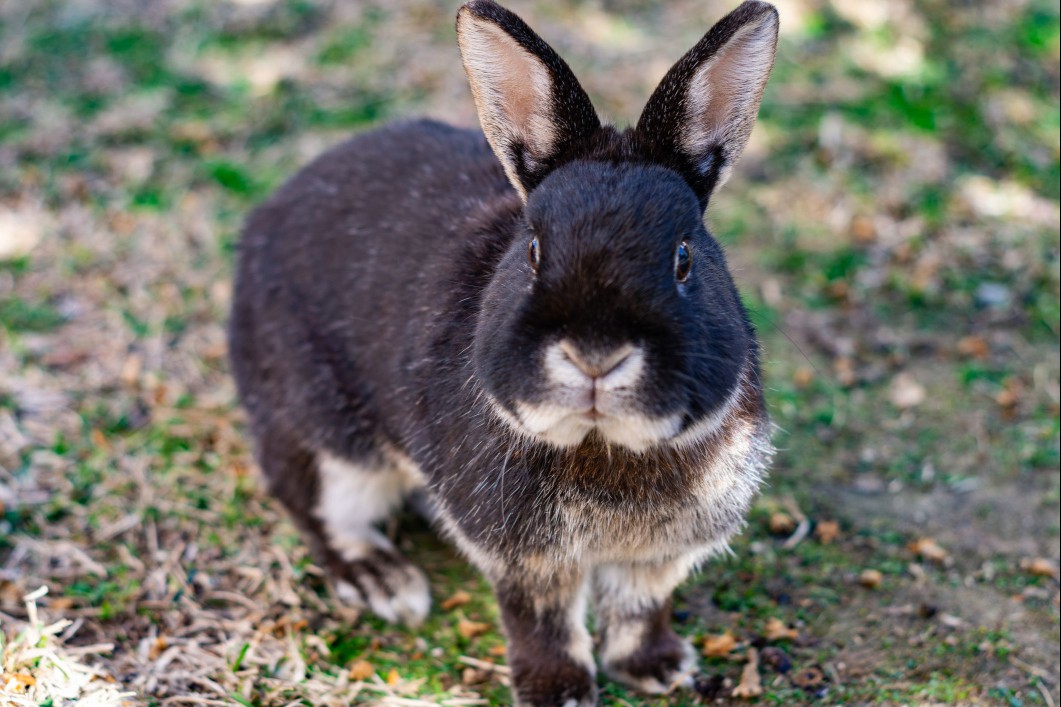
Credit: Carmen Romero / Getty Images
- Tan pattern: Marks (not necessarily tan) on the nostrils, eye circles, jowls, inside ears, belly, inside leg, and underside of tail. Groups included marten and otter colorations.
26 of 28Ticking Fur
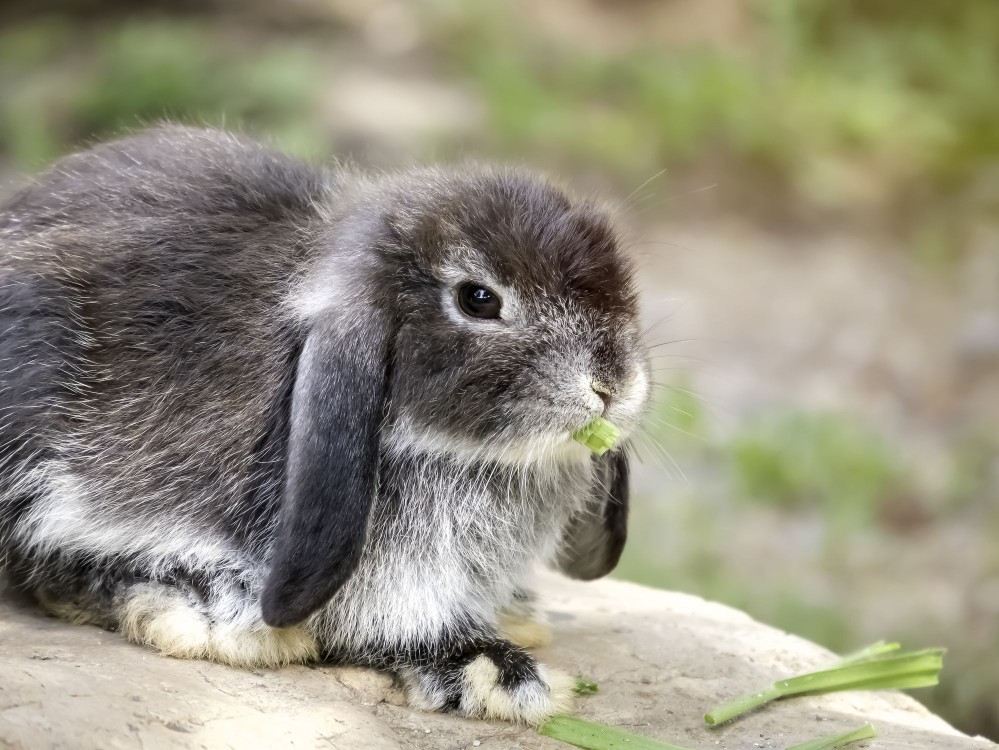
Credit: AppleZoomZoom / Getty Images
- Ticking: Solid or tipped guard hairs different than the main coat color interspersed throughout the coat.
27 of 28Tortoise Fur Types
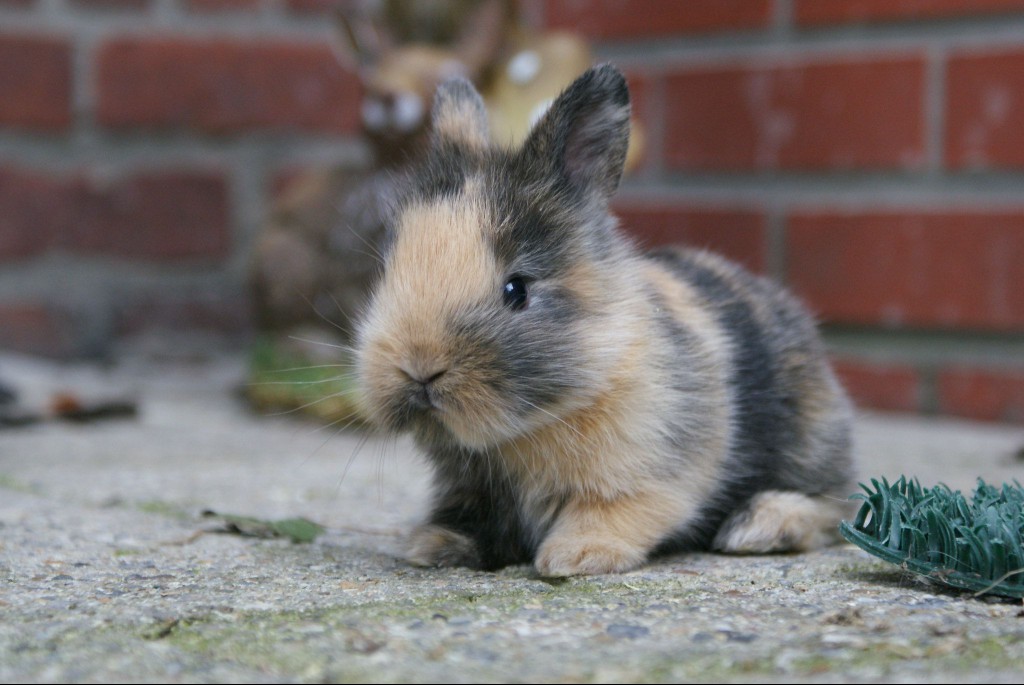
Credit: Jannes Pockele / Flickr / CC BY 2.0
- Tortoise: Orange with black, blue, chocolate, or lilac.
- Tortoiseshell: Orange or dark fawn and black.
28 of 28Tri-Colored Fur
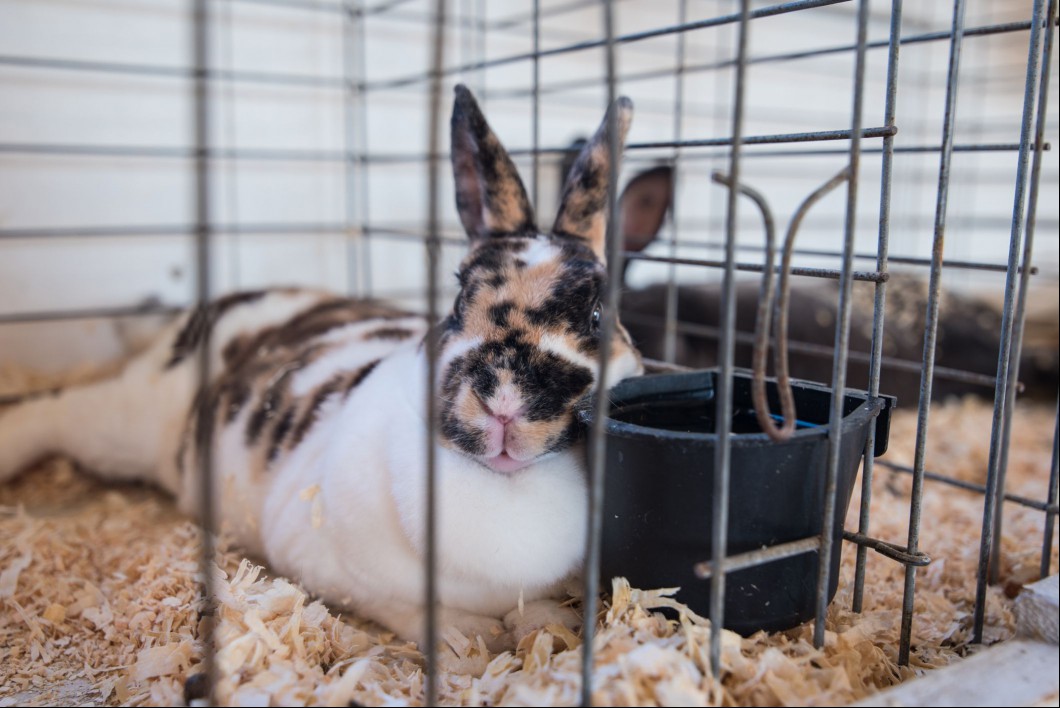
Credit: DepthofField / Getty Images
- Tri-colored: White with either black and orange, lavender blue and fawn, chocolate and orange, or gray and fawn colors.
Comments on "An Overview of Rabbit Fur Colors and Patterns" :
Leave a Reply
